Your Worst Seedy and Weedy.
sunnyborders
9 years ago
Related Stories
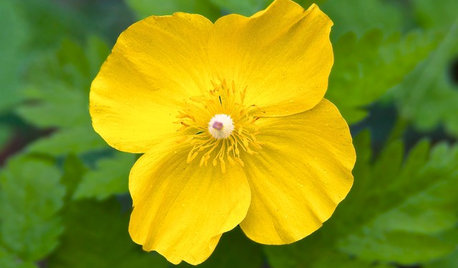
GARDENING GUIDESGreat Design Plant: Stylophorum Diphyllum
Appalachian native celandine poppy’s flowers and foliage combine to brighten a woodland garden well into summer
Full Story
GARDENING FOR BUTTERFLIESBe a Butterfly Savior — Garden for the Monarchs
Keep hope, beauty and kindness alive in the landscape by providing a refuge for these threatened enchanters
Full Story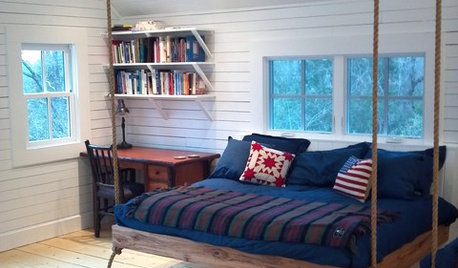
DECORATING GUIDESHemp, Hemp, Hooray! This Superplant May Be Legal Again in the USA
Hemp products are durable, sustainable, antibacterial and much more. Will the plant finally get the status it’s due in the States?
Full Story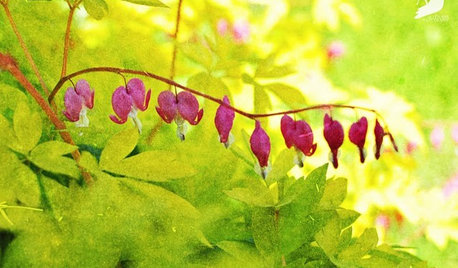
GARDENING AND LANDSCAPINGGarden Musts for April
There's plenty to do in your garden this month without mucking around in the mud. Think seeds and let the rain do its work
Full Story
GARDENING GUIDESNew Ways to Think About All That Mulch in the Garden
Before you go making a mountain out of a mulch hill, learn the facts about what your plants and soil really want
Full Story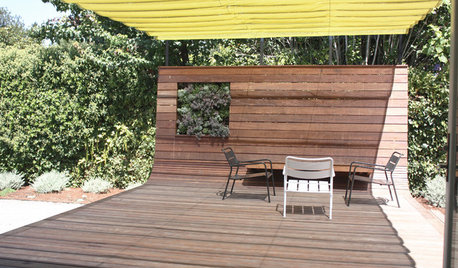
DECKSA Family-Friendly California Yard Wises Up About Water
Pavers and unthirsty plants replace Kentucky bluegrass in a Menlo Park landscape for a family of 4
Full Story
LANDSCAPE DESIGNGet Along With Less Lawn — Ideas to Save Water and Effort
Ditch the mower and lower your water bill while creating a feast for the eyes with diverse plantings and gathering places
Full Story
HOUZZ TOURSMy Houzz: Elegant Updates for a 1928 Bungalow
Classic, clean furnishings and creamy hues bring charm and ease to a Texas couple's home
Full Story
MOST POPULARHow to Get Rid of Those Pesky Summer Fruit Flies
Learn what fruit flies are, how to prevent them and how to get rid of them in your home
Full Story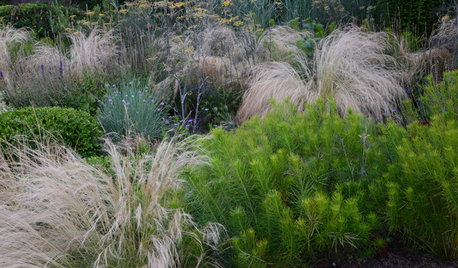
GARDENING GUIDES4 Ways to Break the Rules in Your Garden
For a more creative landscape design, take a different approach to planting
Full StoryMore Discussions







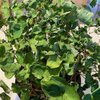

mxk3 z5b_MI
sunnybordersOriginal Author
Related Professionals
Arnold Landscape Architects & Landscape Designers · Benbrook Landscape Architects & Landscape Designers · Chelmsford Landscape Contractors · East Chicago Landscape Contractors · Mastic Beach Landscape Contractors · McLean Landscape Contractors · Mequon Landscape Contractors · Miller Place Landscape Contractors · Milton Landscape Contractors · Pahrump Landscape Contractors · Pine Hills Landscape Contractors · Pomona Landscape Contractors · Shaker Heights Landscape Contractors · Palos Hills Landscape Contractors · Shenandoah Landscape Contractorschristinmk z5b eastern WA
sunnybordersOriginal Author
rouge21_gw (CDN Z5b/6a)
edlincoln
sunnybordersOriginal Author
davids10 z7a nv.
sunnybordersOriginal Author
NHBabs z4b-5a NH
wantonamara Z8 CenTex
peren.all Zone 5a Ontario Canada
felisar (z5)
sunnybordersOriginal Author
davids10 z7a nv.
catkin
sunnybordersOriginal Author
steelskies
sunnybordersOriginal Author
rusty_blackhaw
sunnybordersOriginal Author
sc_gardener
steelskies
sunnybordersOriginal Author
davids10 z7a nv.
peren.all Zone 5a Ontario Canada
sunnybordersOriginal Author
Marlorena
FrancesWenner
rusty_blackhaw
sunnybordersOriginal Author
peren.all Zone 5a Ontario Canada
steelskies
greenhearted Z5a IL
sunnybordersOriginal Author
rusty_blackhaw
sunnybordersOriginal Author
terrene
steelskies
sunnybordersOriginal Author
wantonamara Z8 CenTex
terrene